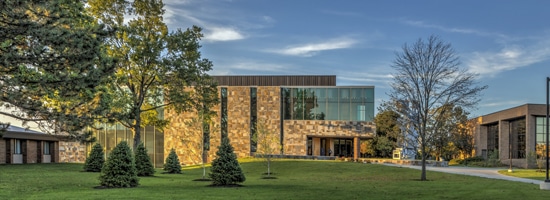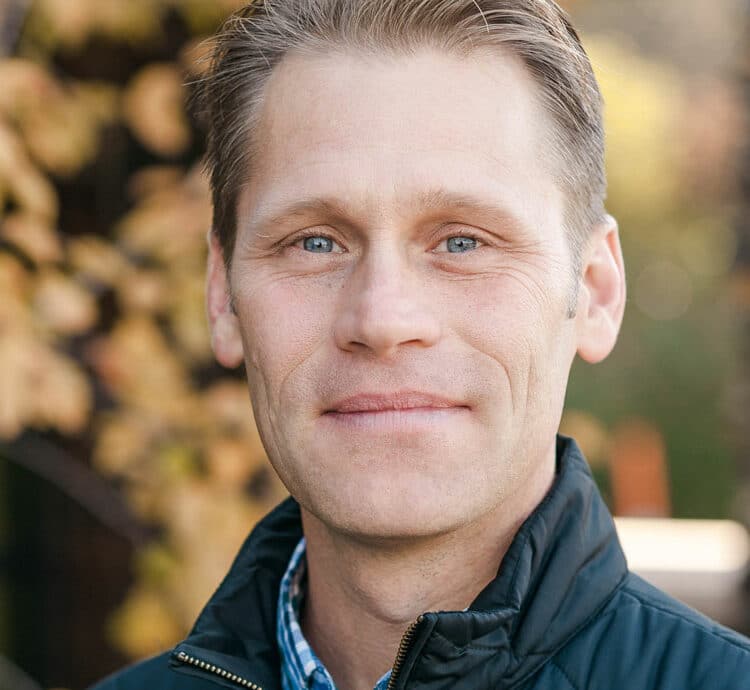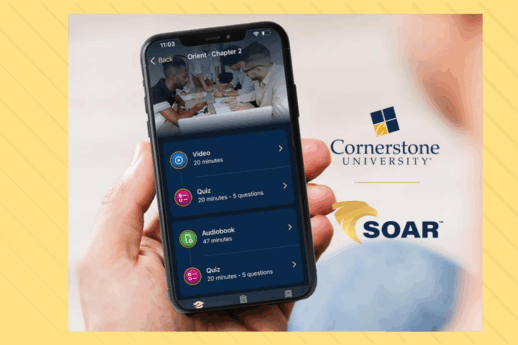Education is complex. Therefore, we need a variety of tools to measure the learning that occurs and how it happens.
In an academic culture filled with statistics and analyses, we find ourselves surrounded by numbers to interpret and decisions to make. We seem to derive satisfaction and certainty from measuring the quotient, or the magnitude of particular aspects of life and learning.
A NEW QUOTIENT
For over a century, education has staged three important quotients related to learning: IQ (intelligence quotient), EQ (emotional intelligence) and CQ (cultural intelligence), and each has held its place on the stage. IQ testing has been with us since Binet and Simon developed their evaluation in the first part of the last century. EQ came about with Daniel Goleman’s work in the 1990s. CQ came about nearly a decade later as a result of the collaboration of Earley and Ang—being further developed today by David Livermore.
A quick Google search will bring up broader questions of intelligence and awareness. But I want to add to our list of quotients by offering another meaning to the final acronym, CQ.
Cultural intelligence is the understanding that we typically connect with CQ, but consider that the letters CQ might also be used to mean Community Quotient.
This raises questions like, what is the magnitude and quality of community in our classes? To what extent can we observe our students’ sense of belonging? How can we augment both? These questions hold great importance for learning and education in general, and ESL in particular.
COMMUNITY MEETS OUR NEEDS
What makes understanding community and the context in which we live so important? After all, education seems to be about learning curriculum, testing, gaining life skills, improving reading scores and pursuing STEAM—science, technology, engineering, arts and mathematics. With such a foundation, why would we be interested in thinking about community?
HIERARCHY OF NEEDS
To begin answering these questions, we need to look no further than Maslow’s well-celebrated Hierarchy of Needs. In his pyramid, he outlines five essential needs: physiological, safety, love/belonging, esteem and self-actualization. The third level forms a dividing line between the lower and upper sections of the five levels of the pyramid.
Maslow’s Hierarchy of Needs Pyramid
Once the two basic needs—physiological and safety—have been met, the “love and belonging” level forms the gateway to reaching the higher-level needs where deep learning happens. It is only once this psychological need is met can we move into our esteem and self-fulfillment needs. We need that love and belonging to continue to grow and thrive.
In science, ongoing research in positive psychology and neurology directly supports the pivotal importance of a person’s sense of belonging to motivation, emotion, memory and learning. All indicators point to community and belonging as core needs for a balanced and healthy life.
SCRIPTURAL EXAMPLE
But this value of community isn’t just something research has shown we need. Community is also something that is promoted through the Bible.
When we look to Scripture for support and insight into the idea of community, we find it quickly in the person of Christ. When Jesus set out to call his disciples, he did so intentionally, drawing them in and building community with them while teaching them about eternity. He never failed to tend to the horizontal needs—both physiological and emotional—of those who came under his teaching while he taught. As a result, Jesus never lacked listeners and onlookers.
MEETING A NEED IN ESL
This demonstration of a need for community is evident in many aspects of our lives, particularly that of education and ESL, English as a Second Language.
The ESL learning space holds a broad spectrum of learning and teaching contexts. If you already work in the ELL (English Language Learners) world, you can quickly add to the list of challenges that students need to overcome: basic vocabulary acquisition, variances in language ability between spoken and written text, transitions and disruptions in their education, cultural fluency, parents’ view on education and many more.
Whether we are teaching and offering ELL support in a traditional classroom, providing enrichment courses in a business or community outreach or abroad on the mission field, we can be mindful of a sense of belonging. We can understand its importance to learning, especially given the host of challenges confronting learners.
This reality may be held as part of our overall worldview, yet the list of educational measuring sticks— such as numerical measurements of IQ—can easily block us from intentionally designing community into our teaching and into our learning.
IMPLEMENT COMMUNITY INTO OUR TEACHING
Infusing this strong sense of community into our teaching methods and classrooms may seem easier said than done. As educators face a range of audiences and environments, incorporating this need of love and belonging won’t look the same for everyone.
To get you started in thinking about how you can implement this theme of community in your environment, consider these questions:
- How can I break down each individual segment of my teaching and build community into it?
- How am I teaching vocabulary? What about grammar structure? What about culture?
- How do I introduce a unit of teaching in a way that draws my learners together into a collaborative sphere with me to create and apply meaning from the very onset?
- How do I take just one language concept to start (whether it be structural, thematic, cultural or otherwise) and invite each learner to share and become part of the learning?
- What can I do to make the learning itself become an avenue to community building?
Questions like these will encourage you to think through the individual needs of your students or audiences as well as how you can use the resources you have to empower and serve others.
A PERSONAL EXAMPLE
As I began to ponder these questions (nearly two decades into my teaching career) and brainstorm solutions to them with a couple of my colleagues, a new sense of purpose began to reveal itself. Education involves both: community through learning—learning through community! We realized at a new level that the classic “either…or” had no place in this way of thinking.
We don’t have to choose between community or learning. What has always been has become more apparent in new ways. Everything in the language classroom holds the potential for learners to come to know themselves and one another, not alongside the language acquisition process but as a direct and inseparable part of it.
A CLASSROOM COMMUNITY
Where I used to place heavy emphasis on individual seat work for learning and practicing vocabulary and grammar, understanding that we each learn individually and at our own pace, I have begun looking for more places to develop collaborative and interactive learning such as academic walks, get-to-know-me journals, collaborative mind-mapping, etc.
For speaking practice, my students have come to know each other, themselves and me at a deeper level through group story-telling about each other for oral proficiency practice and evaluation.
Resulting from collaborative learning, during which the students regularly join with their learner group, I’ve seen a very real community of learners emerging. This community is one that has developed a group identity made up of the whole. Each learner contributes to the community according to personal strengths and weaknesses. As students come to recognize, believe and know that they are valued by their class community (regardless of background or areas of strength), their openness to trust one another and willingness to learn come naturally.
GREATER LEARNING OPPORTUNITIES
In addition to the community, and as a direct result of it, students in this learning community are thriving and learning language at a higher and deeper level. Students’ level of self-consciousness has decreased; their willingness to accept and rise to new challenges is growing, and it is all happening in and through community.
Seeing the results of this community I have begun to intentionally shift my emphasis as a teacher. My contractual responsibility to my learners, the one tied to curriculum and standards, continues to maintain a top priority in my mind, but community in the classroom has risen to meet it.
The reason is simple.
As community increases, belonging increases. As belonging increases, fear diminishes and is replaced by enjoyment in the learning process. Ultimately, through that enjoyment, broader and deeper learning is augmented, and the standards are more easily met…through a high community quotient.
TEACH IN COMMUNITY
So, as we gather, analyze and interpret education-related statistics, regardless of the context, let’s keep our eye on content quality and excellence, but let us also take CQ (Community Quotient) into consideration and explore what it could do for our learners and their growth. Growth is after all the goal of education…our learners’ education and our own.
Continuing our own education plays such an important role in our ability to grow and reach our students in new ways and through new ideas. It allows us to connect with experts in educational research, share our experiences in teaching and challenge our current perspectives.
Cornerstone University’s M.A. in TESOL program is a great opportunity for you to utilize this Community Quotient and make a difference in your community. Learn more about this influential program and connect with our enrollment team.












